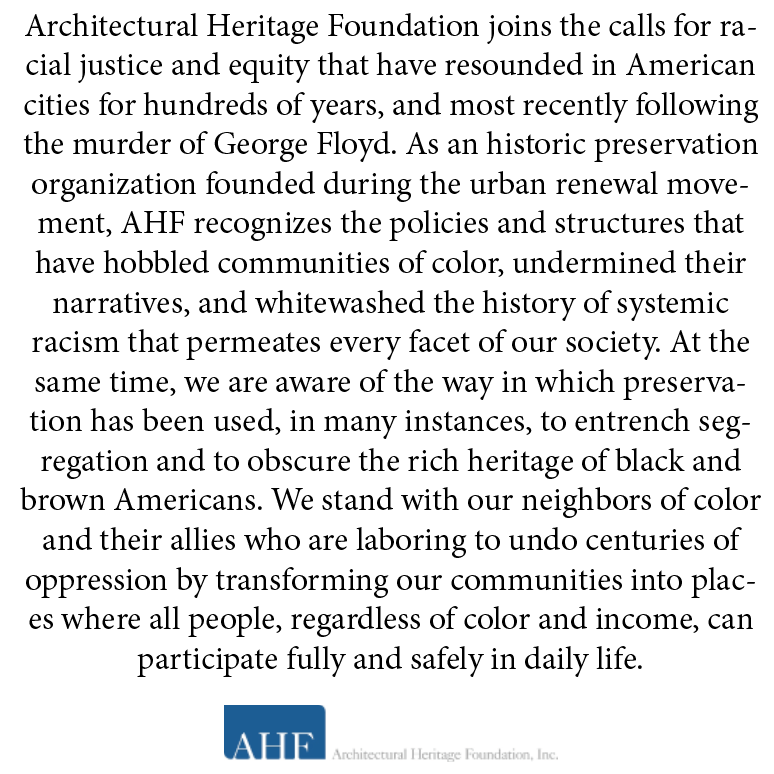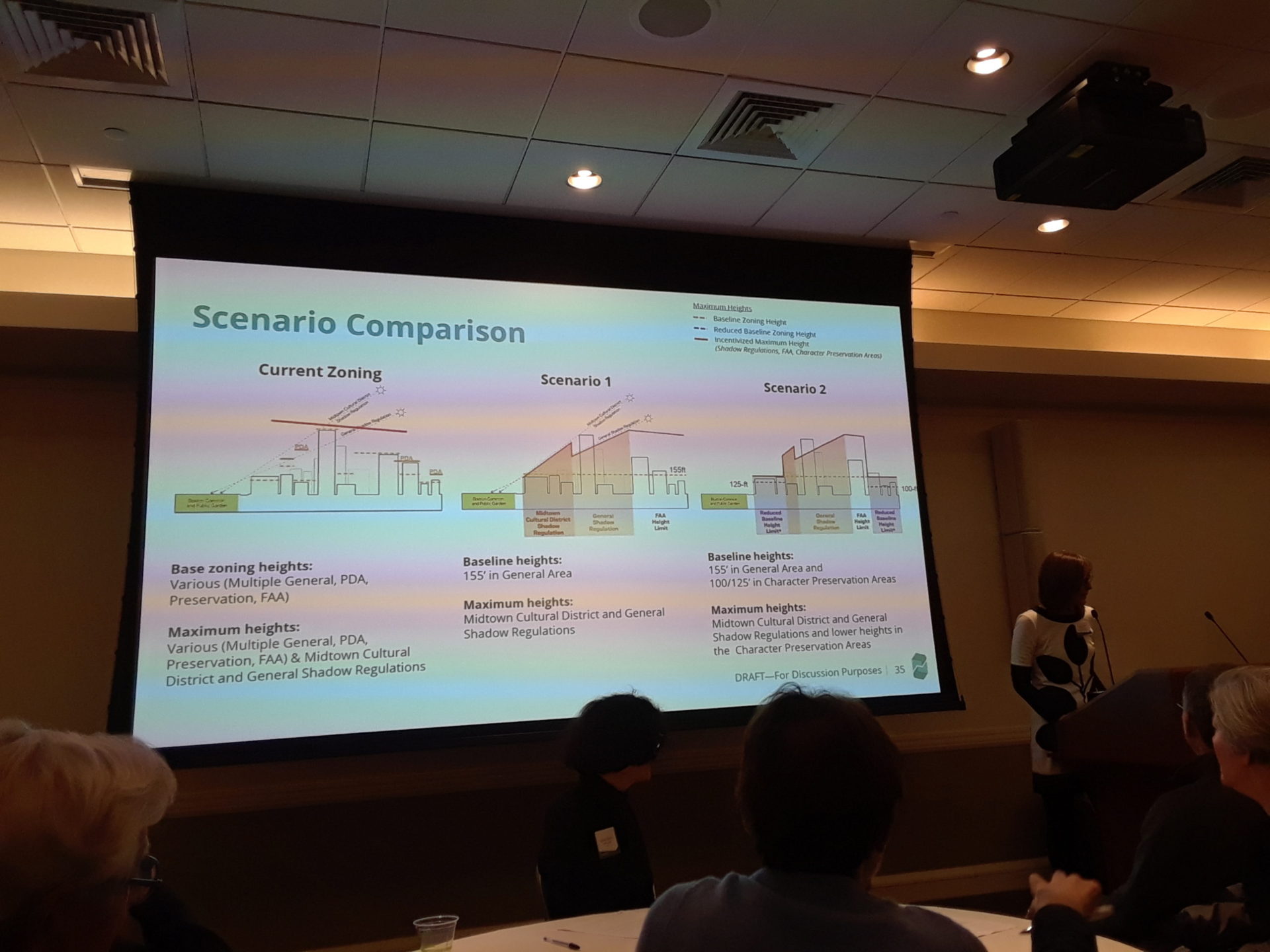When historic sites are vandalized, what does that say about the society that created them?

When the sun rose above Boston on June 1, illuminating hand-lettered posters left behind from the previous day’s Black Lives Matter protests, it shone also on a different kind of sign. Spray-paint stood out like a scar on downtown Boston’s historic landmarks: Park Street Church, the Soldiers and Sailors Monument, the Women’s Memorial, the George Washington statue, the 9/11 Memorial, the Robert Gould Shaw Memorial, and many other historic statues and buildings had been graffitied overnight following the peaceful demonstrations. Like the rest of the preservation community, AHF was dismayed by the vandalism, yet still more dismayed by what it said about the perpetrators’ apparent estrangement from Boston’s cultural landscape.
For many of us, it is easy to take place for granted. The buildings, street names, and memorials that comprise a neighborhood can become so familiar that it is possible to forget how they came to be there. Those who feel at home in a particular area may never consider the meanings embedded in its cultural landscape, or may assume that those meanings ring true for everyone. Equally easy to overlook are the sociocultural markers that exist alongside those features, are relevant to their creation and retention, and no less subtly assert who belongs: shop prices, rental rates, the faces of residents and business owners. In Boston, these indicators are the result of policies and choices, from redlining to gentrification, that have blocked African-Americans and low-income residents from the economic and political opportunities so often prerequisite to telling one’s story publicly.
When one recognizes the impact of structural racism and inequality on preservation in Boston, it is no wonder that some people may feel little connection to many of the city’s historic sites. Consider the following:
- The Freedom Trail, whose primary purpose is to celebrate the egalitarian ideals of the American Revolution, is one of Boston’s main tourist attractions. Marked clearly in red brick, it is impossible to miss and draws four million visitors each year. The Black Heritage Trail, which celebrates the achievements of Boston’s African-American community and calls attention to the systemic racism that undercuts our country’s ideals, attracts just ten percent of the Freedom Trail’s visitation. This is unsurprising, as it poorly marked and located in a quiet residential neighborhood – one that was historically black and immigrant, but is now largely white and unaffordable.
- Faneuil Hall is widely known as the Cradle of Liberty. Since the construction of its predecessor building in 1742, it has hosted orations by Revolutionary leaders, abolitionists, and suffragists, as well as citizenship ceremonies and political events. It has

rightly been celebrated throughout Boston’s history as a bastion of free speech. Yet its funder and namesake, Peter Faneuil, was a slaveowner who made much of his wealth through kidnapping and trading in African people. Today, hip-hop troupes regularly perform outside the building on the former site Dock Square, where, unbeknownst to the large crowds of spectators, human beings were sold alongside household goods. The continued existence of many of Boston’s historic neighborhoods is usually attributed to predominantly white and affluent preservation groups. In the past, less thought was given to the neighborhoods’ minority, immigrant, and working-class residents who, unable to afford relocating to the suburbs, cared for their urban homes and kept their neighborhoods intact. Former State Representative and preservationist Byron Rushing has noted that the poor are seldom recognized as the true preservationists of Boston’s residential working-class neighborhoods. Many of Boston’s historically designated neighborhoods are gentrified. Beacon Hill, the North End, and the South End have become prohibitively expensive to the populations who have inhabited them through time. Meanwhile, the no less historic, but undesignated areas where low-income populations currently live, such as Chinatown and parts of Roxbury, face development pressures that threaten not only to displace their current residents but to erase their heritage.
The things we choose to preserve and the way we preserve them sends a message about whose heritage matters, whose contributions to society are valued, and who is invited to the conversation; in short, who belongs. This message is glaringly obvious to those who are underrepresented in the cultural landscape. If iconic historic landmarks like the Robert Gould Shaw Memorial are vandalized, it is because the perpetrators are either ignorant of the sites’ meanings or alienated from the process that produced those meanings. Graffiti becomes the way that marginalized voices insert themselves into the city’s narrative. There is a link between the underpaid, undervalued, and martyred 54th MA Regiment, and the fury sprayed across the soldiers’ names.
In his book Place, Race, and Story, Ned Kaufman writes that preservation “is a social practice, part history and part planning. Its ultimate goal is not fixing or saving old things, but rather creating places where people can live well and connect to meaningful narratives about history, culture, and identity.” For too long, the preservation movement in Boston and the systems surrounding it failed the city’s most vulnerable. The more recent push to create a more inclusive cultural landscape, from the 1980 establishment of Boston African-American National Historic Site to today’s allocation of Community Preservation funds in Boston’s disinvested neighborhoods, is a laudable (if belated) effort to empower marginalized communities by helping them to tell their full story. Yet preserving the heritage of marginalized communities will fall short if the communities themselves are not preserved.
Addressing the structural inequities that destabilize Boston’s communities of color and low-income neighborhoods is a preservation issue. Converting historic buildings into affordable housing, partnering with community members on projects that enhance economic and social wellbeing, supporting local business owners, advocating for policies that stabilize neighborhoods – these are among the preservation movement’s responsibilities in the twenty-first century. Together, we can create a better Boston that honors all of its residents’ pasts while ensuring their futures.
Architectural Heritage Foundation is a 501(c)3 dedicated to stimulating economic development in disinvested communities through historic preservation. Follow AHF and its projects on Facebook, Twitter, Instagram, and LinkedIn.







